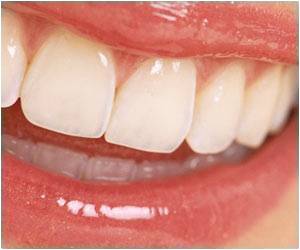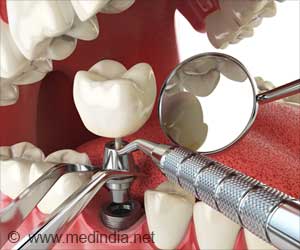In mice, mutations in Adam10 molecule resulted in severe damage in the structure and mineral composition of tooth enamel.

‘For the first time identified a key gene network that is responsible for severe tooth enamel defects.’





Advertisement
Adam10 Molecule
Using various genetically modified mouse models, the scientists analyzed the effects of the Adam10 molecule, which is closely linked to the Notch signaling pathway. This signaling pathway enables communication between adjacent cells, is essential for embryonic development, and plays a crucial role in the development of severe human pathologies such as stroke and cancer. To study the role of the Adam10/Notch signaling in the formation and pathology of tooth enamel in detail and to analyze cellular and enamel structure modifications in teeth upon gene mutation, the researchers used state-of-the-art genetic, molecular and imaging tools.Advertisement
Defects in Enamel Structure and Mineral Composition
The scientists were able to demonstrate that there is a close link between impaired Adam10/Notch function and enamel defects. “Mice carrying mutations of Adam10 have teeth with severe enamel defects,” says Thimios Mitsiadis, professor of oral biology at the Center of Dental Medicine and leader of this study. “Adam10 deletion causes disorganization of the ameloblasts, which then leads to severe defects in both the structure and mineral composition of the enamel”. Adam10-dependent Notch signaling is thus not only involved in severe pathological conditions, but also in the organization and structure of the developing tissues, such as teeth.Advertisement
New Avenues for Prevention and Therapy
According to Mitsiadis, understanding the genetic code that controls tooth development, the knowledge of the molecular connections during enamel formation, and the impact of mutations leading to enamel malformations open new horizons in the field of prevention and treatment. “The requirements for enamel repair and de novo formation are extremely complex, but new genetic and pharmaceutical tools targeting impaired tooth enamel formation will enable us to considerably improve dental care in the future.Source-Eurekalert












